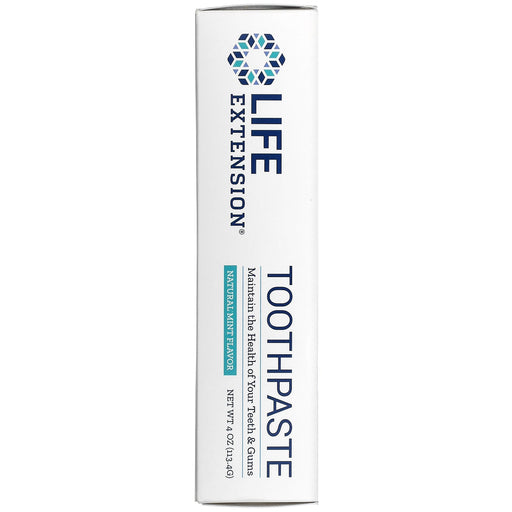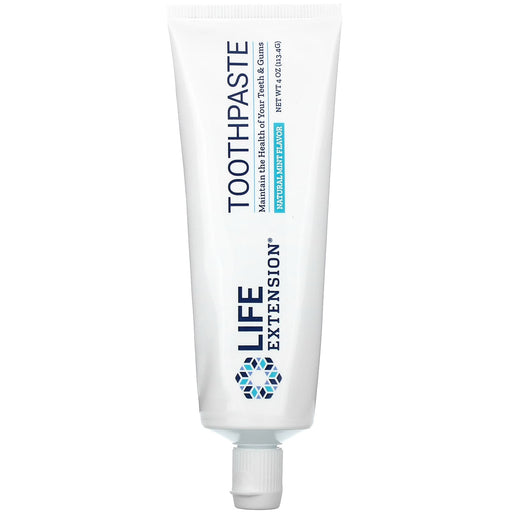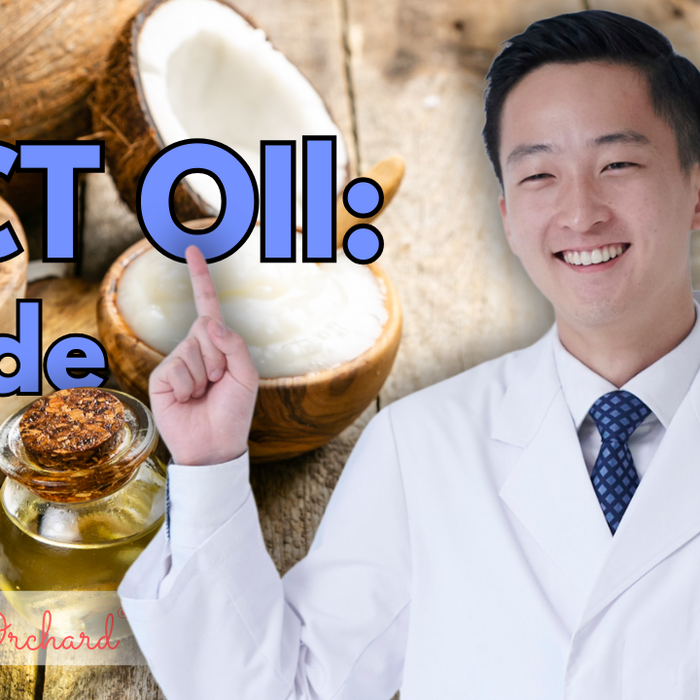
Elevate Your Oral Care Routine with Premium Toothpaste
A radiant smile and healthy teeth start with the right toothpaste. More than just a daily necessity, toothpaste plays a crucial role in maintaining oral health, preventing dental issues, and promoting fresh breath. With so many options available, it's essential to choose a high-quality toothpaste that caters to your specific needs and preferences.
The Benefits of Using High-Quality Toothpaste
Investing in a premium toothpaste can provide numerous benefits for your oral health and overall well-being, such as:
- Effective Plaque Removal: High-quality toothpaste often contains advanced cleaning agents and gentle abrasives that help remove plaque and prevent the buildup of harmful bacteria.
- Cavity Prevention: Many premium toothpastes contain fluoride, a mineral that helps strengthen tooth enamel and prevent cavities.
- Gum Health Support: Some toothpastes are specially formulated with ingredients like zinc citrate or stannous fluoride, which may help reduce gum inflammation and promote healthy gums.
- Sensitivity Relief: If you suffer from tooth sensitivity, choose a toothpaste that contains desensitizing ingredients like potassium nitrate or strontium chloride, which help block pain signals and reduce discomfort.
- Fresh Breath: Premium toothpastes often feature breath-freshening ingredients like xylitol or natural mint oils, helping to keep your breath fresh and clean throughout the day.
Choosing the Right Toothpaste for Your Needs
With a wide variety of toothpaste options available, it's important to select one that addresses your specific oral care needs. Consider the following factors when choosing a toothpaste:
- Fluoride Content: Unless directed otherwise by your dentist, opt for a toothpaste that contains fluoride to help prevent cavities and strengthen tooth enamel.
- Specific Oral Care Needs: Look for toothpastes that cater to your specific concerns, such as sensitivity relief, whitening, or gum health support.
- Natural vs. Conventional: If you prefer natural or organic products, look for toothpastes that contain plant-based ingredients and are free from artificial colors, flavors, and preservatives.
- ADA Seal of Acceptance: Choose toothpastes that have earned the American Dental Association (ADA) Seal of Acceptance, which indicates that the product has been evaluated for safety and effectiveness.
Tips for Optimal Toothbrushing Technique
Using the right toothpaste is just one part of maintaining a healthy oral care routine. To maximize the benefits of your toothpaste, follow these toothbrushing tips:
- Brush Twice Daily: Brush your teeth twice a day, in the morning and before bed, for at least two minutes each time.
- Use the Right Technique: Hold your toothbrush at a 45-degree angle to your gums and use gentle, circular motions to brush all surfaces of your teeth.
- Don't Forget Your Tongue: Gently brush your tongue to remove bacteria and freshen your breath.
- Rinse Thoroughly: After brushing, rinse your mouth thoroughly with water to remove any remaining toothpaste and debris.
- Replace Your Toothbrush Regularly: Replace your toothbrush or electric toothbrush head every three to four months, or sooner if the bristles become frayed.
Experience the Best Toothpaste for Your Smile
Ready to elevate your oral care routine? Browse our collection of premium toothpastes and find the perfect one to keep your teeth healthy, strong, and sparkling clean.
From cavity protection and sensitivity relief to natural and whitening formulas, our selection of toothpastes caters to a wide range of oral care needs and preferences. Each product is carefully crafted with high-quality ingredients and rigorously tested to ensure optimal safety and effectiveness.
Invest in your smile and experience the difference that a premium toothpaste can make in your oral health and overall well-being. Start exploring our toothpaste collection today and take the first step towards a healthier, more radiant smile.
Frequently Asked Questions about Toothpaste
1. What's the purpose of toothpaste?
The main purposes of toothpaste are to:
- Clean teeth: Toothpaste contains mild abrasives that help remove plaque, food particles, and surface stains from teeth
- Freshen breath: Flavoring agents and ingredients like menthol provide a refreshing sensation and help combat bad breath
- Prevent tooth decay: Fluoride, a common ingredient in toothpaste, helps strengthen tooth enamel and prevent cavities
- Promote gum health: Some toothpastes contain ingredients like triclosan or stannous fluoride that help reduce gingivitis and improve gum health
2. What was the original purpose of toothpaste?
The original purpose of toothpaste, dating back to ancient civilizations, was primarily to clean teeth and freshen breath. Early forms of toothpaste were made from a variety of ingredients, such as:
- Ancient Egyptians (5000 BCE): Used a mixture of crushed ox hooves, ashes, and burnt eggshells to clean teeth
- Greeks and Romans (500 BCE): Used abrasives like crushed bones and oyster shells mixed with honey to clean teeth and mask odors
- Chinese (500 BCE): Used a mixture of salt, ginseng, and herbal mints to clean teeth and freshen breath
Over time, toothpaste has evolved to address a wide range of oral health concerns while maintaining its primary purpose of cleaning teeth and freshening breath.
3. What is toothpaste also known as?
Toothpaste is also known by several other names, including:
- Dentifrice: A general term for any paste, powder, or gel used to clean and polish teeth
- Tooth cream: An older term for toothpaste, referring to its creamy texture
- Dental gel: A term used for clear or translucent toothpastes with a gel-like consistency
- Tooth powder: A less common form of toothpaste in powder form, which is mixed with water before use
- Oral hygiene paste: A term that emphasizes toothpaste's role in maintaining oral hygiene
- Tooth cleanser: Another term that highlights toothpaste's primary function of cleaning teeth
While these terms may be used interchangeably, "toothpaste" remains the most common and widely recognized name for the product used in conjunction with a toothbrush to clean and maintain the health of teeth and gums.
4. What is in toothpaste?
Toothpaste typically contains a combination of ingredients that work together to clean teeth, prevent decay, and freshen breath. Common ingredients found in toothpaste include:
- Fluoride: Helps strengthen tooth enamel and prevent cavities
- Surfactants: Detergents like sodium lauryl sulfate (SLS) create foam and help distribute the toothpaste evenly across teeth
- Humectants: Ingredients like glycerin or sorbitol prevent the toothpaste from drying out and help maintain its texture
- Thickeners: Agents like xanthan gum or carrageenan help stabilize the toothpaste and provide a desirable consistency
- Flavoring agents: Mint, menthol, or other flavors are added to provide a refreshing taste and freshen breath
The specific composition of toothpaste may vary depending on the brand and intended purpose, but these core ingredients work together to promote oral hygiene and dental health.










